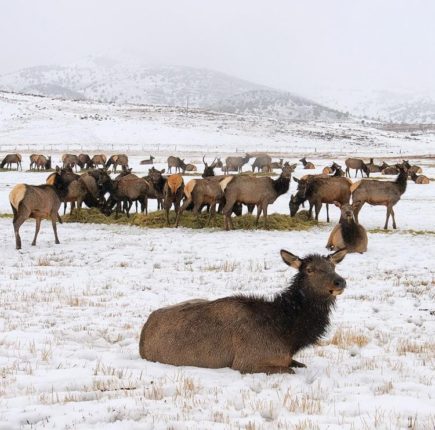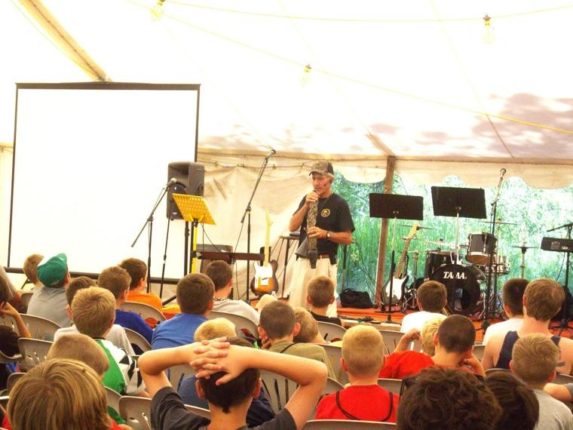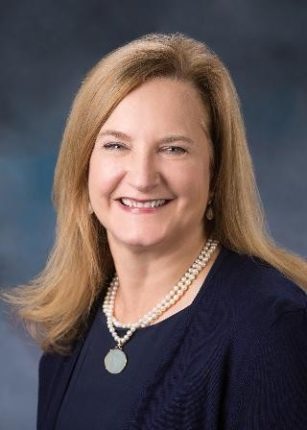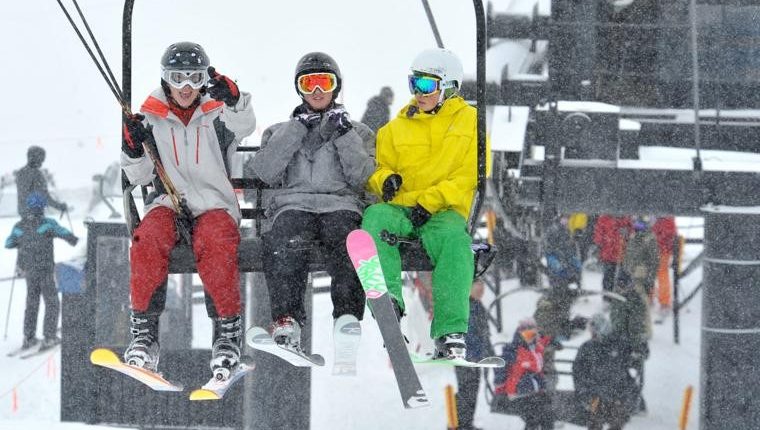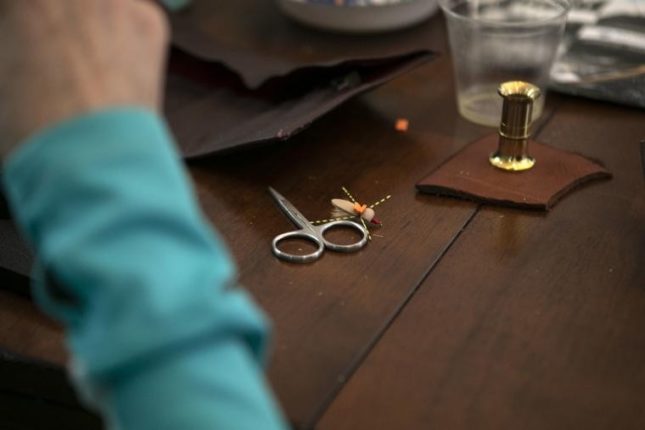People get old, even die.
That holds true for skiers. You may have heard that old skiers never die, they just go downhill.
That age thing is catching up with baby boomer skiers who statistically are often the bread and butter of ski resort clientele. The demographic is aging out of the ski hill, and the younger generation is taking up the slack in different ways.
Age 53 and older folk log more skier days on the slopes in North America than other demographics.
Jim Powell, vice president of marketing for the Park City Chamber/Bureau in Utah, recently told the Park City Record that it takes two millennials (age 20 to 36) to equal the spending of one baby boomer at ski resorts. Not to say that ski resorts are hurting for clientele, it’s that the demographics are shifting to a more affluent group.
But some Idaho ski resorts are bucking the trend with innovative marketing and strategies geared toward hooking people in their youth, this is particularly true at the state’s smaller community resorts.
“It’s not a trend that I’m unfamiliar with,” said Tony Harrison, publicist for Idaho Ski Areas Association. “One of the things that a number of mountains in Idaho and nationwide are doing to appeal to the (millennial) audience is to create a young adult pass product. For Bogus Basin, the pass is $349 versus $549 for an adult pass. So a huge difference there.”
Don’t condemn millennials too harshly. They’ve got student loans, wedding plans, babies, first homes, new careers, new cars, Netflix and video games to distract them from the ski slopes.
The first thing skiing millennials in East Idaho mention is cost as a deterrent when it comes to skiing and snowboarding.
“Money is a big factor why millennials aren’t going to ski resorts,” said Katy Shilling, 24, of Idaho Falls and a master’s graduate from Arizona State University. “They’re freakin’ expensive. I go skiing at least three times a month and money is definitely a factor. I don’t have $50 every weekend to go, and that would be considered cheap.”
“Cost and time are huge. It’s more expensive than ever,” said Jacob Howell, 26, an Idaho Falls carpenter who loves to ski.
Susan Saad, director of community and customer relations at Bogus Basin Mountain Recreation Area, said her ski resort saw the problem emerging and hired the experts — they put millennials to work to hack the challenge.
“We just promoted our marketing manager to marketing director this week,” Saad said. “He is 25 and has done a remarkable job reaching out to that particular demographic.”
Bogus Basin reached out to the younger crowd using a “relentless social media push” working to make people feel they are part of what’s going on at the resort. Each week, the audience sees new stories on Facebook and Instagram of younger people playing on the slopes.
“In fact, just this morning I saw a text from our general manager that the number of our Instagram followers, which has been climbing, pegged at 30,000,” Saad said last week. “I think the energy has really changed.”
Saad said a few years ago, Bogus Basin approached a Boise State University marketing class and gave it the challenge of marketing the ski resort to college students and similarly aged people.
“We did not at that time have many college-age students on the mountain,” she said, despite the resort being only an hour from 20,000 students. “As part of a semester-long project, one of the marketing classes broke down into groups and put together proposals on what we should do to grow our college-age audience. We (followed) a lot of what they did.”
One thing Bogus Basin created was new discounted season passes aimed at students.
“We started with just a few hundred college-age students on the mountain and, last year, at our college-age pass sale we sold 2,700 college-age passes,” Saad said.
Smaller, community ski resorts also have found continued success with tapping into area schools. The trick is to hook kids on outdoor snow activities before video games turn them into wintertime couch potatoes.
“One of the factors that we think makes a difference is younger people get involved in school programs during their youth, and get skiing and outdoor winter activities in their blood, and it stays with them,” said Dave Stoddard co-owner of Kelly Canyon Ski Resort. “We have 60 to 70 schools in our program that brings busloads and busloads of kids who get meaningful lessons and learn how to do it, and they can do it on a mountain like ours that is a good place to learn. … It’s a very common thing around the lodge or the base of the mountain or up the lifts, people are saying, ‘Yeah, I learned to ski here when I was a kid.’ ”
Pebble Creek Ski Area south of Pocatello has been doing its school program for 30 years.
“There’s even, at this point, where we have a couple of generations of kids whose parents came through the school program and their kids come to the school program,” said Dana Kmetz, guest services director at Pebble Creek. “We do see them returning.”
Pebble Creek also taps into the local college scene to build younger clientele. Idaho State University students can get college credits for taking a ski or snowboard class.
“That’s a really fun way to earn a college credit, but it makes it really affordable as far as lift ticket prices and lessons,” Kmetz said.
With big destination ski resorts such as Sun Valley or Jackson Hole Ski Resort continuing to raise prices and give millennials second thoughts, Kmetz and Stoddard see more people coming back to smaller hills.
“The tier 1 destination resorts like Park City, Jackson Hole or Sun Valley can be more than four times as much as our prices,” Stoddard said. “People look at those prices and say, ‘Maybe I’ll ski locally.’ ”
Stoddard said for the most part his resort hasn’t noticed fewer millennials skiing.
“We see their numbers, and they’ve been pretty good for the last several years,” he said. “It’s often more dependent on the snow we get.”
